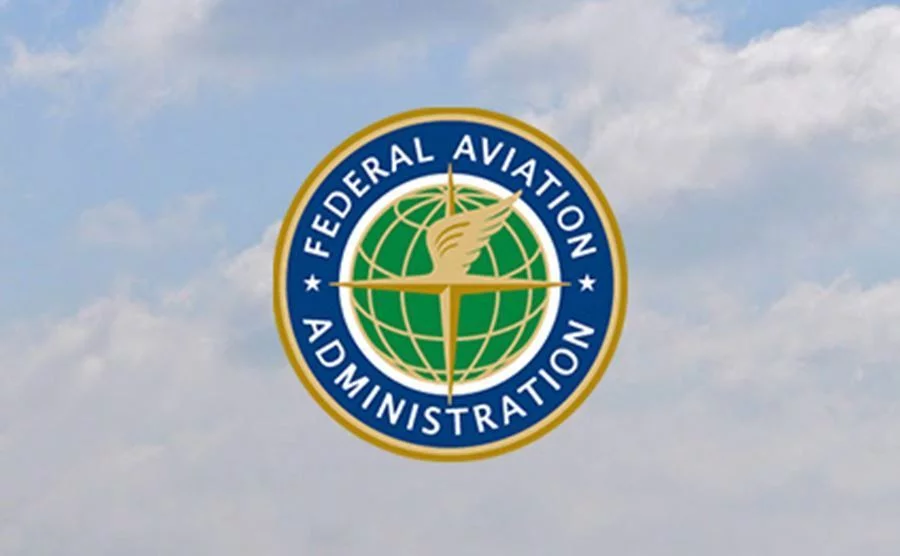The Trump travel ban appears to be making a comeback, with multiple news sources reporting that an official announcement could come as early as next week.
While no formal declaration has been made, government officials and leaked documents indicate that a list of restricted countries is already taking shape.
Trump promised to “reinstate the travel ban” on his first day in office, but the policy was not immediately implemented.
According to reports from The New York Times, and Reuters, the forthcoming travel restrictions will be broader than those imposed during Donald Trump’s first term, potentially affecting travelers from Afghanistan, Pakistan, and several nations previously targeted by the controversial policy.
Which Countries Are Likely to Face Travel Restrictions?
Officials familiar with the matter have described a tiered system that categorizes countries based on their perceived security risks and cooperation with U.S. authorities.
- “Red List” (Full Travel Ban): Countries whose citizens may be completely barred from entering the United States. This list reportedly includes Afghanistan, a new addition, alongside nations previously affected, such as Iran, Libya, North Korea, Somalia, Sudan, Syria, Venezuela, and Yemen.
- “Orange List” (Partial Restrictions): Countries that may face strict visa limitations rather than an outright ban. Sources suggest that Pakistan is being considered for inclusion in this tier or possibly the stricter “red” category.
- “Yellow List” (Warning Tier): Nations that will be given 60 days to improve security measures or risk being added to the more restrictive lists.
How Could This Affect Global Travel?
If implemented, the new travel ban could significantly disrupt international movement, particularly for those seeking asylum or resettlement in the U.S. Tens of thousands of Afghans and Pakistanis who have been cleared for refugee status or special immigrant visas may suddenly find themselves unable to enter the country.
This is particularly concerning for Afghan evacuees who assisted U.S. forces during the 20-year war in Afghanistan. Many have been living in limbo, awaiting resettlement, with thousands still stranded in Pakistan, Qatar, and other countries after fleeing the Taliban takeover in 2021.
The nonprofit group AfghanEvac, which helps coordinate evacuations, released an emergency statement urging those with valid U.S. visas to return immediately.
Shawn VanDiver, the organization’s president, warned:
“This is the most vetted population that there has ever been. It is crazy how much these people go through.”
(The New York Times)
A Controversial Policy Making a Comeback
Trump’s original travel ban, introduced in 2017, sparked mass protests at airports and faced multiple legal challenges before the Supreme Court ultimately upheld a revised version in 2018. Critics accused the administration of targeting Muslim-majority nations under the guise of national security.
When President Joe Biden took office in 2021, he immediately rescinded the ban, calling it “a stain on our national conscience” and emphasizing the importance of individualized vetting over blanket restrictions.
However, within days of returning to the White House for a second term, Trump signed an executive order directing the State Department, Department of Justice, and Department of Homeland Security to review vetting procedures and identify countries that should face travel restrictions. The deadline for this report is March 21, meaning an official announcement could be imminent.
What’s Next?
While the exact details of the policy remain in flux, sources suggest that the White House is under pressure to act quickly. If the new travel ban is confirmed, it could mark a significant shift in U.S. immigration policy—one with far-reaching implications for global mobility, diplomatic relations, and humanitarian efforts.
For now, individuals from the suspected “red list” countries who currently hold valid U.S. visas are being advised to travel as soon as possible, before potential restrictions come into force.












